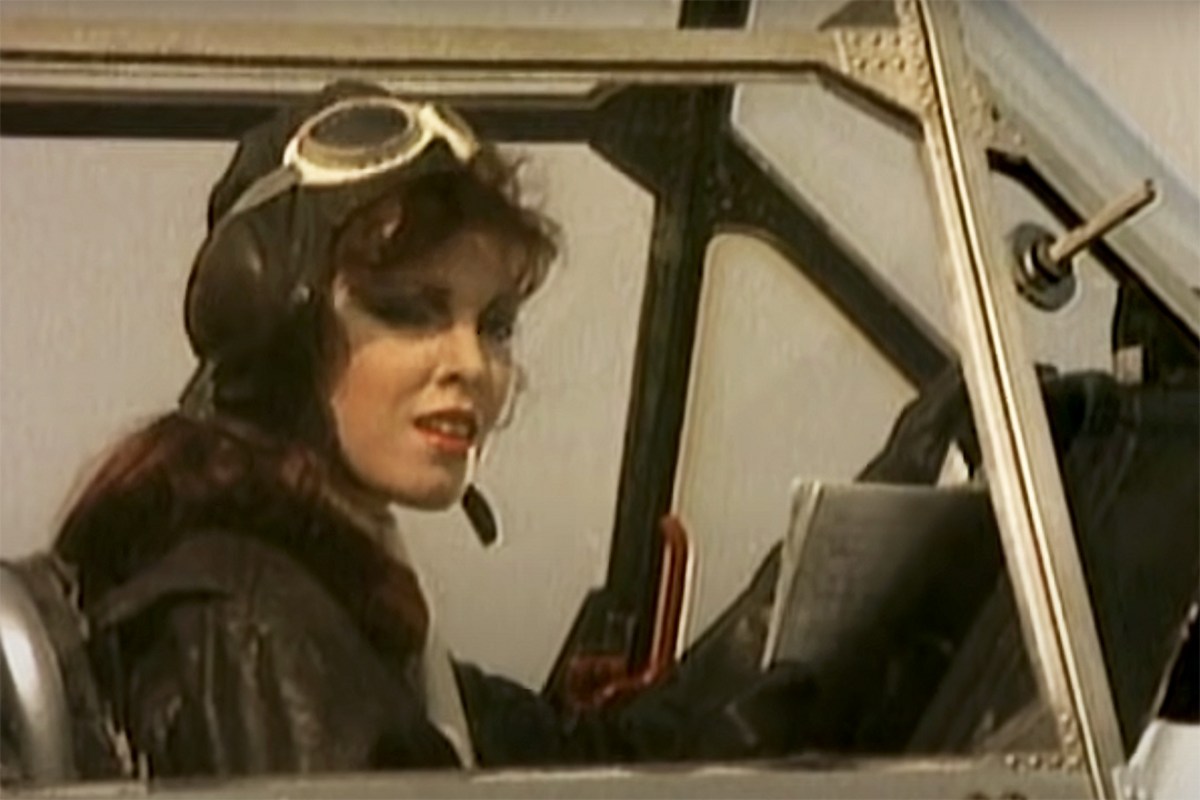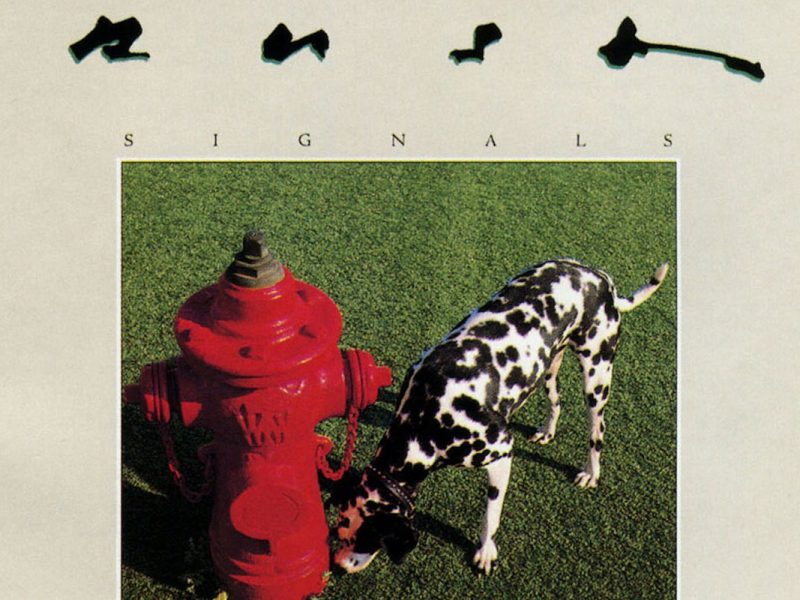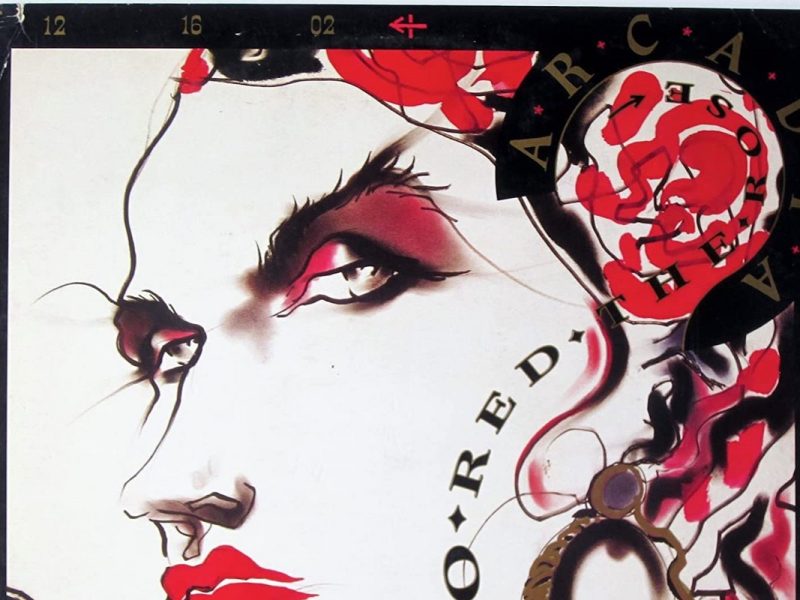“Shadows of the Night” endured a difficult route to becoming a global hit single in 1982 – and Pat Benatar, who made it happen, endured her own challenges along the way.
The song was written by D.L. Byron specifically for the 1980 movie Times Square, but producers of the teenage runaway story felt it didn’t have hit potential, and rejected it. Subsequent versions were released in 1981 by German-based singer Helen Shneider and vocalist and actress Rachel Sweet, with modest results.
As Benatar worked on her fourth album Get Nervous, she and drummer Myron Grombacher decided to reshape “Shadows of the Night” into a track that suited their intentions. Benatar admits that it was a difficult time in her career, as she fought to express her artistic intentions against the wishes of her record label.
“Chrysalis kept at me, and it seemed like they just never stopped. It was one thing after another,” she said in her 2011 memoir Between a Heart and a Rock Place. “I came to call it the gauntlet, because it felt like that was what I was running through. Every single day there was some new land mine I was dodging. One of the best examples of how off-track the label was when it came to ‘Shadows of the Night.’”
She recalled that she and Grombacher “rewrote many of the lyrics to make it work for me,” noting that they were never given writing credits for their efforts, a situation that “would not happen today.” With that battle won, the next took place over the accompanying video, at a time when the concept was just beginning to break through.
Watch Pat Benatar’s ‘Shadows of the Night’ Video
Benatar had done theater work in her youth, but her band were pure rock ’n’ roll guys. So when the idea of making a mini-movie based in World War II came up, she loved it and they didn’t.
“The directors back then simply saw the music video as a vehicle to do interpretive work,” she said. “It was such a creative time, and as people would brainstorm and throw out ideas, nothing really seemed too far-fetched or out-there. Compared to a feature film, making a music video was a bargain. It was possible to tell a fascinating story at a fraction of the cost. Everyone was still in awe of video making, and most people simply saw it as something meant to entertain.”
She admitted the wartime idea “wasn’t tied to the song or the message of the song, but that didn’t matter. The story was pretty simple, though admittedly unexpected: a factory girl helping the World War II effort on the home front slips into a daydream about flying into Germany to kill a bunch of Nazis. An homage to [wartime propaganda character] Rosie the Riveter, there would be airplanes and a chase sequence, and some bad guys would die. It would be a four-minute action flick and I’d get to be the heroine.”
Despite her colleagues’ objections, she pushed through the wartime concept, and the video features up-and-coming actors Bill Paxton and Judge Reinhold. “They were young Screen Actors Guild guys who were brought in for the day, just getting started in the business and taking what jobs they could find,” Benatar said, “but being there on the video set with them was enlightening.
“You can tell that the band and I were musicians trying to be actors,” Benatar added. “Even my background in the theater didn’t cover that. Judge and Bill were actors. Maybe they were young and inexperienced, but they were actors. We were just rockers dressed up in funny costumes.”
Watch Helen Schneider’s ‘Shadows of the Night’ Video
Her gut instinct proved to be right, and “Shadows of the Night” reached No. 13 after being released in September 1982 as the first single from Get Nervous, helping the LP hit the No. 4 position after its launch the following month. Even though it wasn’t her best-selling title, its creation “was such a seminal time for all of us,” Benatar reflected. “We were embarking on a new and historic venture, but I don’t think any of us grasped the significance of those days at the time. We were just having fun.”
The success also reinforced her passion for creative exploration, including the video aspect. “To me it was theater, but it was also rock ’n’ roll. It spoke to the blurring of lines that had drawn me to rock music in the first place,” Benatar said.
“In the beginning, I’d idealized rock music and its significance. I was a disciple who believed rock was the place where truth and freedom flourished,” she added. “I never forgot where I came from or what I was drawn to, and I relished having another arena to create in. I looked at making videos as another way to explore art and express the stories that we were telling with our music.”
There was one downside, however, when it came to getting the band to wear those hated costumes. Benatar said they “finally agreed but told me if I ever wanted to do anything like this again, I was on my own. It became an inside joke and they gave me crap about it all the time. Historical costumes were banned forever.”
It could have been worse: While Benatar’s video featured a death mission and a dogfight, Helen Schneider’s version for some reason featured a spaceman and a goat.
Legends Who Never Had a No. 1 Single
It’s all the more surprising when you consider the success so many of them had by any other measure.



